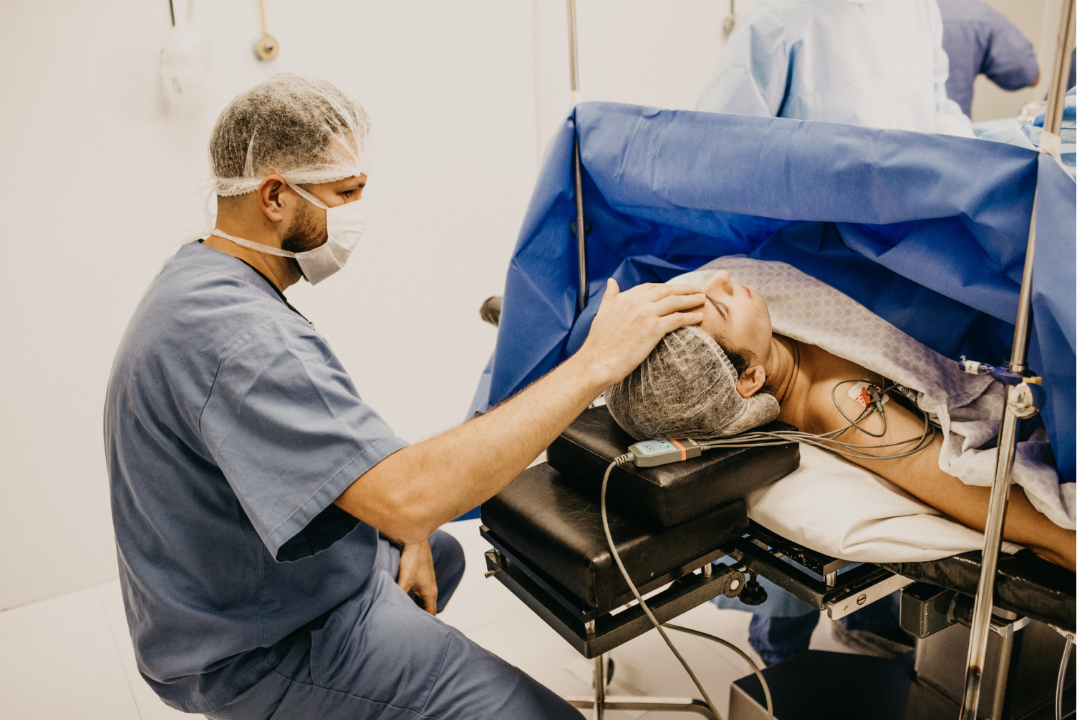Current Strategies in Anaesthesia for Total Joint Replacement

Total joint replacement is a very successful operation for the management of advanced osteoarthritis. It is recognised however as a painful procedure and despite this it requires early rehabilitation and mobilisation to maximise the outcomes. Over the past decade there has been a number of advancements in joint replacement surgery. These include the development in bearing surface technology and robotic assisted surgery. Another advancement in joint replacement surgery has been in the field of anaesthesia. Traditional general anaesthetics and post-operative patient controlled intravenous morphine-based analgesia is often associated with undesirable side-effect profile including nausea and vomiting, confusion, drowsiness and low blood pressure. Recently there has been a trend to what is known as Multimodal Anaesthesia. This technique takes advantage of multiple anaesthetic and analgesia (pain relief) methods to deliver a safe anaesthetic with good pain control and minimal side-effect profile. It incorporates elements of pre-operative analgesia, neuro-axial anaesthetic ( such as spinal anaesthetic ) together with peripheral nerve blocks and intra operative joint injections with local anaesthetic. Studies have suggested that spinal anaesthesia maybe associated with less blood loss and reduced incidence of clots when compared with general anaesthetic alone. The post-operative approach to pain control is also multi-modal, incorporating slow release oral analgesics with fast acting opioids for breakthrough pain together with regular paracetamol and anti-inflammatories.
I have seen, at least in my patients that this multimodal approach to anaesthesia and pain control appears to have benefits in terms of better pain management and earlier mobilisation when compared to general anaesthetic and patient controlled intravenous opioid.
The physiology of pain is complex and everyone’s experience of pain is different. The fear of pain associated with joint replacement makes may people reluctant to consider it as a treatment option. There will always be some degree of pain with surgery but the advances in techniques such as Multi-modal anaesthetics has made joint replacement surgery safer and less painful than what it might have been a decade ago.